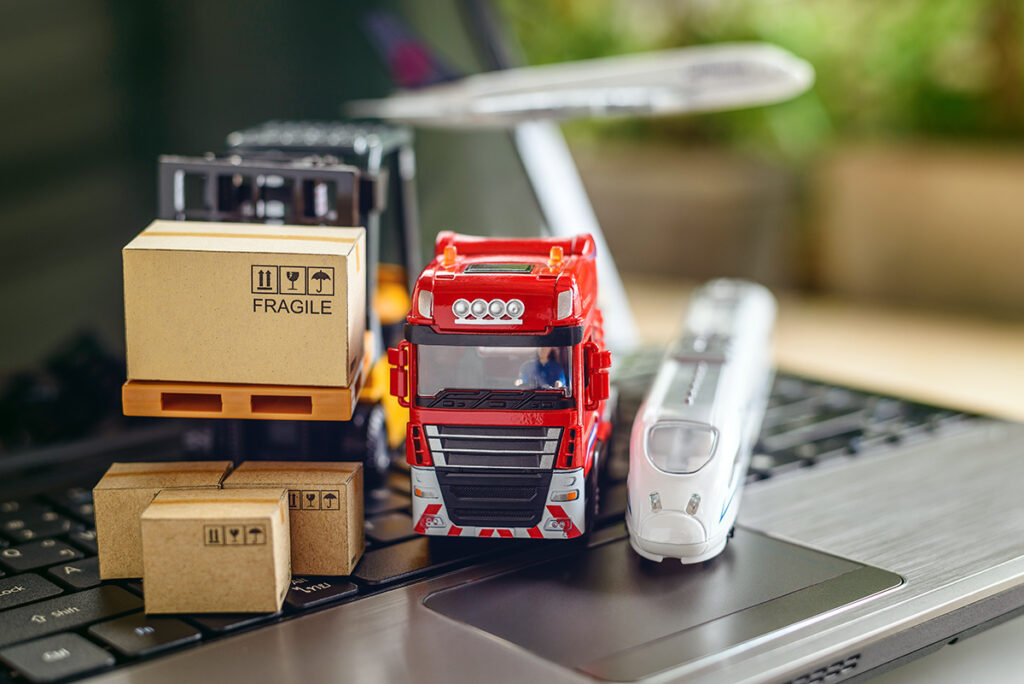The restructuring of global supply chains is not a state, but rather a constant dynamic in which the global industries reshape their production networks. In 2020, the viral contagion of Covid-19 led to a massive disruption of production due to lockdowns, social distancing and other commuting restrictions.
These measures extensively challenged the supply chain structure, which relies on a limited number of key suppliers and functions with a just-in-time and efficiency-driven mindset. Resilience became a reliable solution to deal with the crisis for various supply chains ranging from agricultural to high-tech commodities.
The Economist is concerned that a security-led resilience might result in growing protectionism.
The article published in The Economist suggests that supply chain resilience shapes a new kind of globalisation, which focuses on security rather than efficiency. This focus is characterised by precautionary inventories and dual sourcing/long-term contracts with allies or regional suppliers. In the last quarter of 2021 and first quarter of 2022, this resilience strategy helped companies inch back to normal. The supply chain resilience index (a time series index measuring changes in supply chain risk by country across six categories: Economic, Environmental, Labour Practices, Legal and Governance, Resilience, and Safety and Security) reached 44,9 points for Quarter 4/2021.
However, The Economist is concerned that a security-led resilience might result in growing protectionism. The current supply chain shift to security induces that the “race to the bottom” reported by Mark Anner in Stopping the Race to the Bottom: Challenges for Workers’ Rights in Supply Chains in Asia among companies hunting for the lowest cost of productions has transformed to a search for places where the supply chain is the most secure, economically and politically.
Safe places can mean trouble too
In the current world, where the line between democracies and autocracies has moved again, the new hunt consists in looking for companies in a country friendly to the investors’ government or even an ally instead of “treat[ing] all firms equally, regardless of their nationality, and strik[ing] trade deals with democracies and autocracies alike.” The author reminds us that resilience derives from diversification. Reducing sourcing from autocracies should not mean re-shoring and concentrating at home, which would result in a massive rise in production costs.
While these concerns remain, significant challenges exacerbate the problems in supply chains. The resurgence of Covid-19, enduring geopolitical crisis in Ukraine and escalating tensions between China and Taiwan, global inflation and shrinking consumer spending in the U.S., among others, have doomed the expected rebound and disrupted the recovery impetus of global supply chains. In this challenging context, the supply chain resilience index has turned negative to 39,8 points in comparison with the positive signals of the previous quarters. The under-40 index indicates that supply chain resilience in general is low while supply chain risks are at a very high level.
Calling for a new supply chain normal
Considering the ongoing upheavals, a more open and longer-term supply chain resilience should be taken rather than the protectionist approach. According to some calling for a “new supply chain normal,” multiple sourcing from various suppliers in diverse regions and countries remains the top recommendation. Plus, procurement simplification for multiple suppliers shall be a cost-saving strategy as well, especially for high-volume orders. And finally, it is suggested that to reach end-to-end resilience, supply chain visibility and transparency must be ensured and real-time data shall help companies make better decisions.
